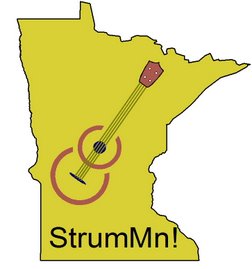Well, I'm working on the fretboard. I'd ordered brass through Amazon for some inlay that I REALLY want to do for this build. It was being sent via a 3rd party with 8-10 day wait (1st argh moment!).
They sent it via DHL who took a few days, then transferred it to USPS for delivery.
On Monday 10/28 the post office marked it as delivered. Two hours later when I checked the mailbox it wasn't there. (2nd argh) Ok, this has happened before, things just show up a day or 2 later.
Tuesday I went to the post office and they looked in back, nothing there. (Argh!)
Wednesday I went to the post office with copies of my "informed delivery" docs. They took my name and number and the relevant delivery numbers. Said a supervisor would check and call me. (Argh!!)
Thursday I went to the post office and got to talk to a supervisor. They told me that multiple addresses in my neighborhood reported missing mail and/or packages for Monday. In my case, one package was left by USPS at my door (which was there) and 2 packages in my mailbox, both missing. Post office said they were opening a case with their investigators and would get back to me if they found anything. (ARGH!)
Friday I went to the Police station and reported it. Seems the post office doesn't report this stuff to the Police so it was the first they were hearing of the issue in my neighborhood.
I don't expect to see either of my packages again.
The vendor of my other lost package was quick to create a new order for me at zero cost and has already shipped part of it, but 3 items are back ordered. I'm ok with that.
My brass inlay through Amazon is another mess. Amazon customer service directed me to the 3rd party customer service chat. That system is more like email than chat. It also seems to be entirely AI and doesn't understand what I type. They think I want to return something when I want it resent if possible. (AAARRRGGGHHH!!!)
After 3 days of round and round I'm still trying but less hopeful. I re-ordered the exact same brass inlay, it is on sale and cheaper (only $8.50) but now delivery is expected Nov 30 - Dec 2.
I just can't win!
































